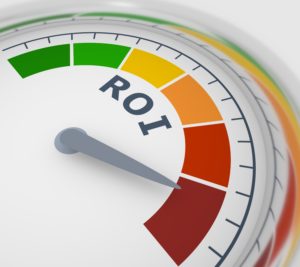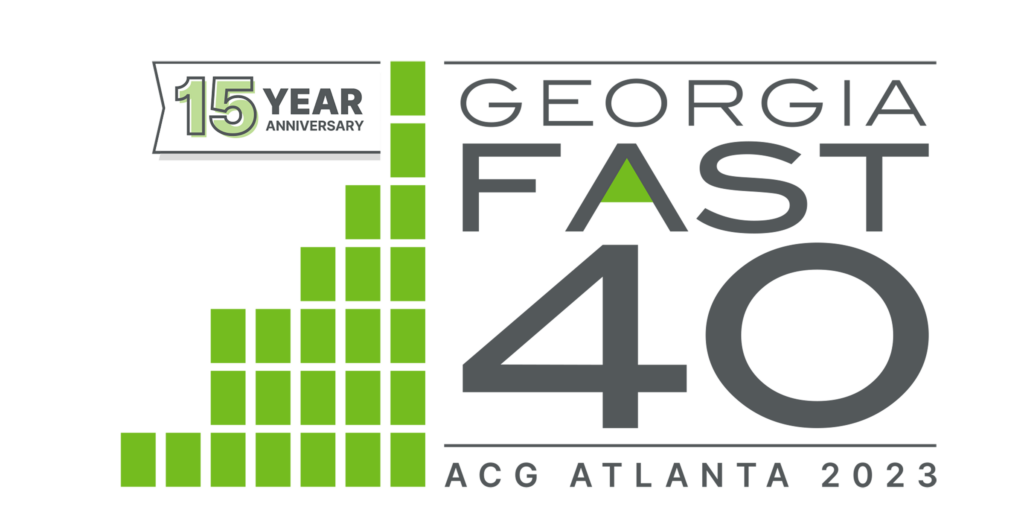In Part 1 of this series, we discussed whether it makes sense to lock in fuel prices now, knowing they may rise in the future. Of course, that answer depends on a few factors. In Part 2, we will continue that discussion to look more closely at the elements involved in Fuel Price Risk Management and an overview of these risk factors to help you be more mindful of your decisions to ensure your purchase costs efficiently offset risks.
The Strip
When considering your options for fuel price risk management, it is critical to understand the nature of the NYMEX Strip. The New York Mercantile Exchange is a commodity futures exchange owned and operated by CME Group of Chicago. You can lock in future projected pricing for the next 24 months of fuel with NYMEX (although anything longer than the next 12 months is thinly traded). The group handles billions of dollars in oil transactions, among other commodities, and their quoted prices are often the basis of pricing for commodities around the world.
To lock in a price for the future, you purchase a “future contract” for a set period. For example, if you wanted to lock in pricing for fuel purchases in April – June of this year, you would purchase a futures Strip for May to July trading. Then, when you go to physically purchase the fuel within that period, you would sell, or “unwind,” the futures contract for the subsequent period.
Before doing any of this futures purchasing, however, keep the following in mind:
Contract Size
The conventional size of a NYMEX futures contract is 42,000 gallons. If you expect to buy in multiples of 42,000 gallons, then purchasing a futures contract would fit perfectly for you. Otherwise, you will have hedging inefficiencies.
Mark- to- Market
To create a NYMEX Futures position, you will need to make a deposit at the current market value or projected price. Keep in mind that when you do this, the market may fall or rise, which will increase or decrease the value of your position. The difference between your locked NYMEX Strip (the Mark) and the current market value of your Strip (the Market) is the Mark-to-Market spread.
If you are buying paper hedges from a broker, be prepared to send deposits or receive deposits as market conditions change. You will make an initial deposit on your position. You will have to settle Mark-to-Market changes daily.
If you purchase from a fuel marketer, you need to make sure your fixed-price contract is fair to both sides. If prices drop, you could in theory buy physical products cheaper than what you have hedged with your fuel marketer. Many marketers will require you to make a Mark-to-Market deposit so you have skin in the game and do not leave them holding the bag with your relatively expensive fixed gallons.
However, the same is true for you if markets increase. Your marketer could take your relatively cheap fixed price gallons and sell them elsewhere at a much higher margin for themselves. If your fuel marketer’s fixed-price contract includes a Mark-to-Market provision, make certain funds flow both ways with a reciprocal agreement.
Mark-to-Market can be confusing because cash is flowing due to changes in fuel prices on a financial instrument that was supposed to have a fixed price. First, understand the cash is a balance sheet item, not an expense on your profit statement. Second, the Market-to-Market is the change in prices (locked versus current market) multiplied by the gallons outstanding. Eventually, you will use all of the gallons making the Mark-to-Market balance zero. You will not pay more than you fixed.
The Basis
The NYMEX futures contract assumes you will purchase fuel in the New York Harbor. If this assumption fits your operational footprint, then the NYMEX futures contract matches your needs very well. However, if your fuel purchases are outside the New York Harbor area, then you will have “basis risks”. “Basis Risks” means the “basis” (Chicago, Gulf Coast, San Francisco, etc.) for your actual fuel purchase do not align with the basis of the hedge, New York Harbor. The variance between your physical source and the NYMEX paper hedge can create inefficiencies in your hedge.
When you purchase fuel outside of the New York Harbor sources, then you need to worry about “basis.” “Basis” is defined as the difference between the spot price of fuel and its corresponding derivative futures values.
For example, if you need your fuel in Chicago, you will pay the difference between NY Harbor prices and Chicago prices, called Chicago Basis. Variance in costs between Chicago and New York in this example are referred to as “Basis Risks.”
Keep in mind that if you only calculate your futures contract prices without factoring in your Basis Risks, then your hedge may not effectively address the fuel price risks to your firm.
To mitigate these costs, you can purchase Swaps, which trade your NYMEX barrels for Chicago barrels. The only caveat is that you cannot purchase these Swaps on a future basis, only in real-time, so you may still run some inherent risk.
The Local Market
So far, we have discussed the value of purchasing future contracts for fuel to offset significant portions of your fuel price risk management, and how employing Basis Swaps can help trim some of the risk exposure involved in the basis region that doesn’t align evenly with the NYMEX. The final piece to consider in price-fixing is found in the local market.
Much like Basis Risks, risks exist within each local market. For example, purchasing fuel in Memphis could incur costs based on natural disasters like flooding or drought, which impact the local area. Buying NYMEX Futures Strip with a Gulf Coast Basis Swap does not eliminate Local Market price risk from your organization.
Ways to Create the Hedge
- Create your own positions
If you buy in sufficient quantities, the price of simply buying NYMEX Future Contracts and employing Basis Swaps may mitigate a portion of the local market factors that occur.
- Buy Physical Fixed Contracts with a Fuel Marketer
Another thing to do is look to a local fuel marketer to lock prices for you. They will sell you physical gallons so you will not have to address each risk element yourself.
You can also gain some flexibility when you create fixed positions:
Odd Lot Quantities
Local fuel marketers can create “odd lot” quantities, which allow you to lock in volumes of less than 42,000 gallons.
Volume Shifts
Some fuel marketers will allow you to fix set total volumes and “shift” the physical purchases across multiple locations. Thus, if your realized demand in one location is greater than you anticipated, you can move around fixed volumes to compensate.
Lock into Local Market
Some fuel marketers will allow you to address the last element of the fuel price risk continuum – local market risk.
Fuel Price Risk Management
To sum up, when considering purchasing futures in fuel, you must understand the power and inner workings of the NYMEX Strip and factor in the Basis, including Basis Risks, and the Local Market. Once you have made all of your calculations, figured out how you plan to mitigate and offset your risks and costs, and you are ready to lock in prices, we move to Part 3 of this series: Ways to Execute the Lock!








